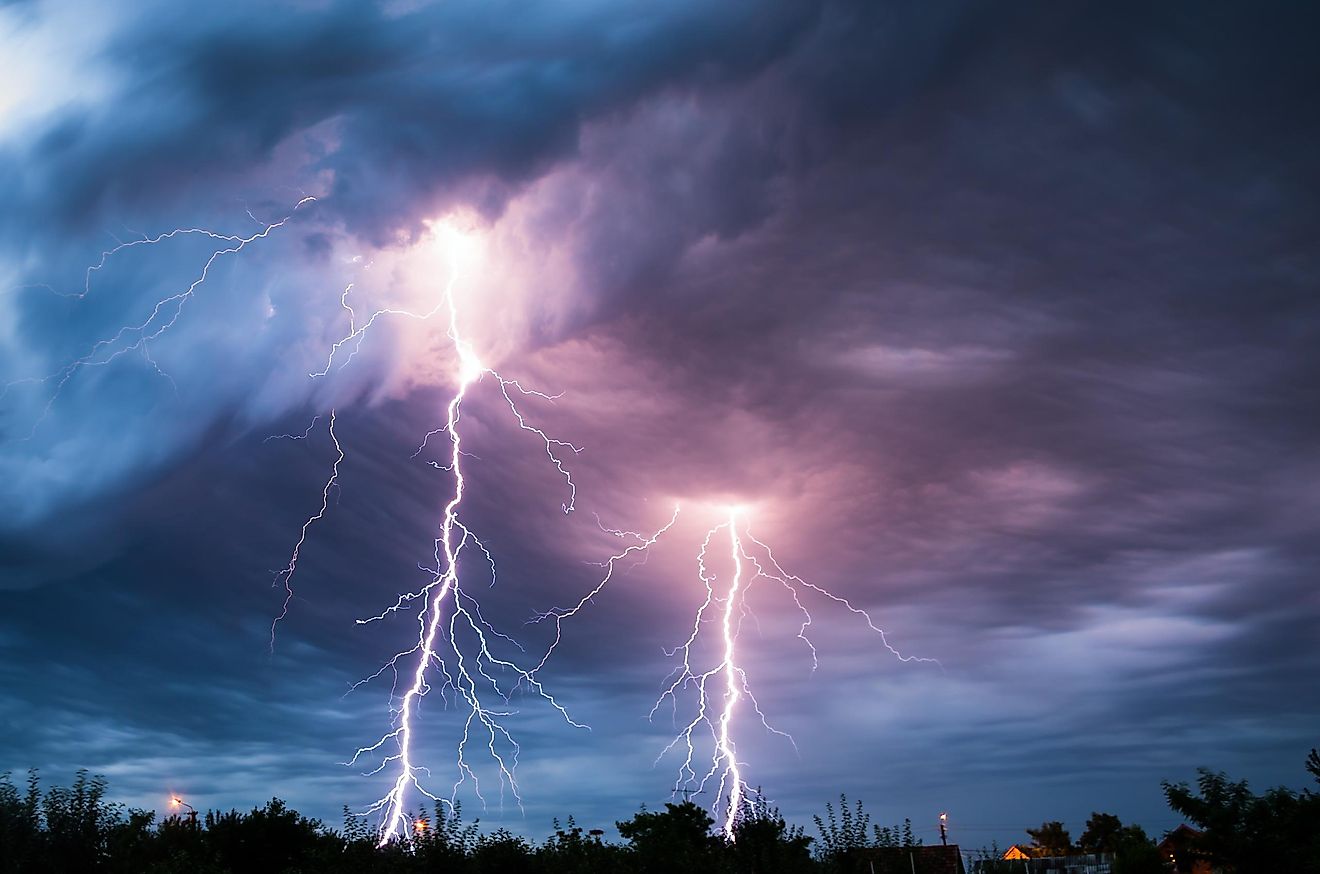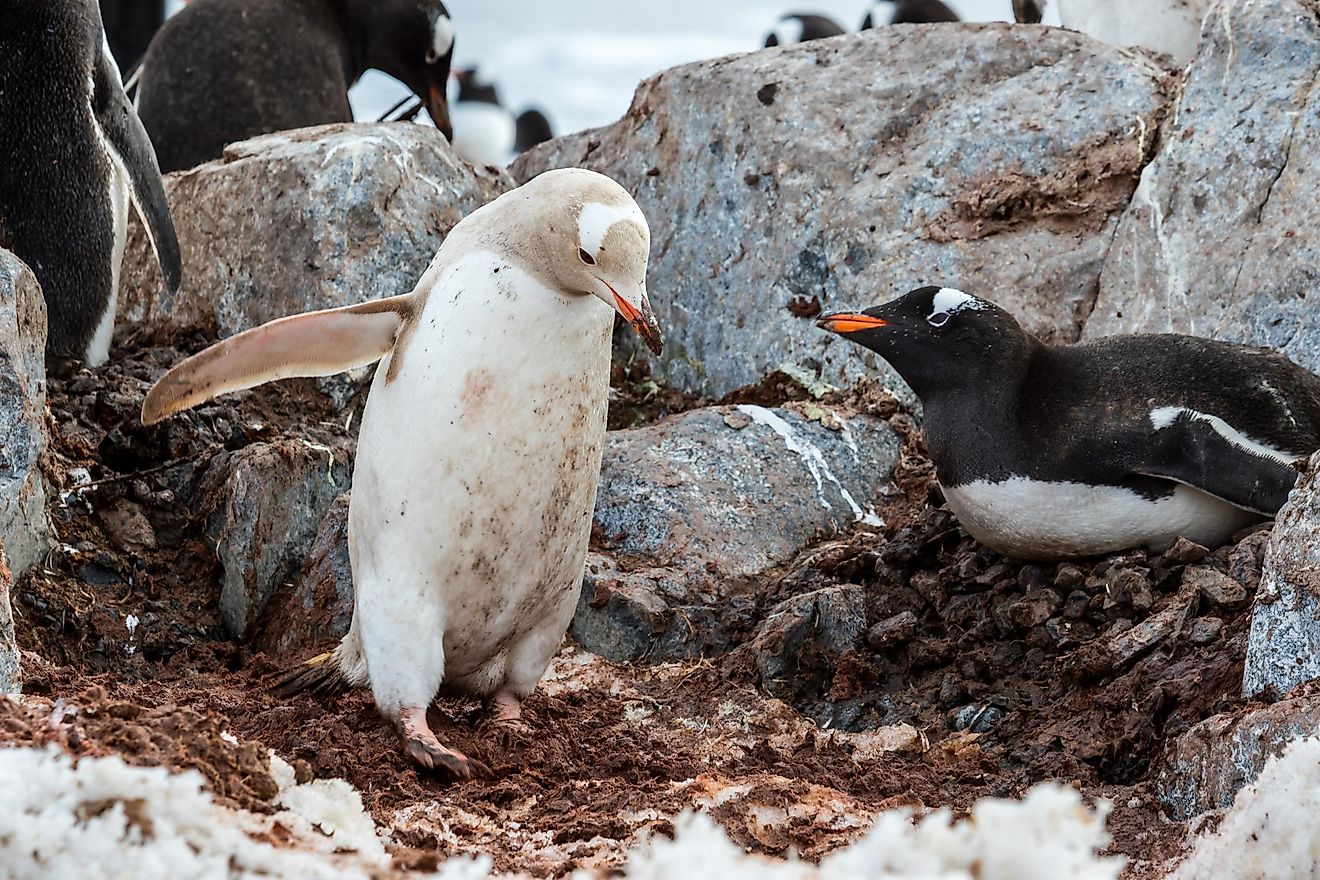How Many Australians Die Due To Snakebites Each Year?

- The brown snake killed over 70% of those who have received a fatal snake bite in Australia between 2000 and 2016, and the majority of these victims were men.
- Snake bites can occur in Australian bush areas but they are also more common now in urban settings.
- Some people involved in fatal snake bites in this country were bitten in their home, and even in their sleep.
Snakes are a part of life in Australia. The country is home to an amazing 140 species of land snakes and an additional 32 recorded types of sea snakes. A large portion of these slithering reptiles are venomous, totaling 100 poisonous snakes in the country. Thankfully, only about twelve of these species actually have venom strong enough to kill you, but that being said, twelve poisonous snakes presents a lot of different types to recall in any given moment of emergency. Perhaps this is why a handful of Australians who have encountered venomous snakes in recent years have not handled them properly, with fatal consequences. According to the University of Melbourne, 35 people were recorded by the National Coronial Information Service (NCIS) to have died from snake bites in Australia between 2000 and 2016, and seven of these did so because they tried to pick up the poisonous snake they encountered. These victims were then bitten on the extremities, and died as a result from various complications. By learning the trends and patterns related to snake bites in this country, you may help yourself avoid becoming a victim.
Snakes That Are Killing

The majority of people who have died from snake bites in Australia in the past twenty or so years have done so in the jaws of the venomous brown snake. If you are not a snake connoisseur, it can be relatively easy to see how people do not consider this snake to be such a dangerous foe, upon meeting one. The brown snake of Australia is just that- a plain brown, and sometimes grayish color. It can easily blend into its natural environment, and has no bright color on it to warn potential prey of its fatal nature. According to the University of Melbourne, the brown snake has caused 23 of the 35 snake bite deaths in the country between 2000 and 2016.

In addition to the brown snake, tiger snakes have also killed Australians. In 2018, 20-year old Callum Edwards died from being bitten by a tiger snake while attending the Beyond the Valley music festival on December 29. Edwards was airlifted to a hospital but died on January 1, 2019. Shane Tattie, a 27-year old male also died from a tiger snake bite, this time in Victoria. Tatti pulled up some weeds along a riverbank, and was bitten directly on the wrist. A tiger snake deposited large amounts of venom in his victim, and Tatti later died in hospital even after receiving antivenom treatment.
Coastal taipan snakes also have a fatally venomous bite that has killed Australians in recent years. Wayne Cameron and David Pitt both died in Queensland from being bitten by this type of snake.
Where Bites Occur
Many Australians have been taught that venomous snake bites tend to occur in the Australian bush, but many bites are now also happening in urban areas. According to The Guardian.com, since 2000, more than half of Australian snake bite deaths have happened because someone was bitten at home. Brown snakes are attacking mostly in eastern Australia, where they are found naturally.
Seventeen of the 35 fatal snake bites that happened between 2000 and 2016 occurred in a major city or an inner regional area, and most incidents took place during Australia’s warmer months of October to May when snakes are at their height of activity.
Who Is Being Bitten?

Nearly three-quarters of fatal snake bite victims in Australia in recent years have been males, ranging in age from just 18 months to 70 years old. Nearly three quarters of the people fatally bitten did reach a hospital for treatment, and some went within 24 hours, while others waited for up to 19 days before seeking medical assistance. Of all the people who died in the country from a snake bite between 2000 and 2016, 16 died as a direct result of their bite, and others died from complications brought on by the bite including intra-cerebral haemorrhage, multiple organ failure, cerebral hypoxia or anoxia, and cardiac arrest. Over a third of victims were bitten by the offending snake on their ankle or foot, and were bitten while trying to shake the snake off.
What is Being Done About It?
Some steps are being taken to try to reduce the number of people who are killed by snake bites in Australia. Ronelle Welton, a public health expert at the University of Melbourne’s Australian venom research unit is contributing to the effort by working with the antivenom producer Seqirus to update an app that provides cellphone users with information on Australian bites and stings. This app is now seeking to provide users with location-specific information instead of providing Australian users with an entire list of venomous animals in the country, which can be long and difficult to use in an emergency. It is hoped that this research can help make the Land Down Under a safe place to live.











